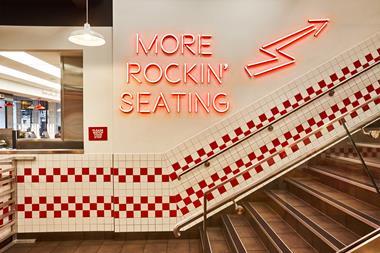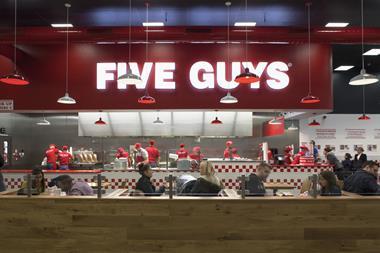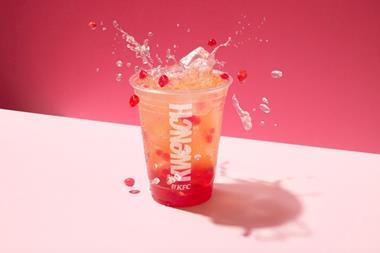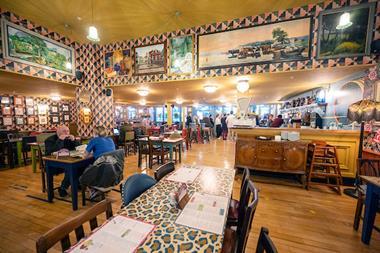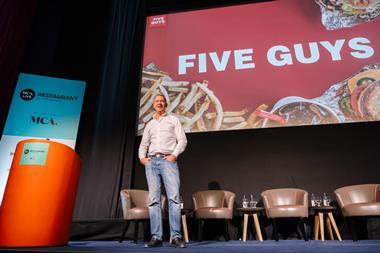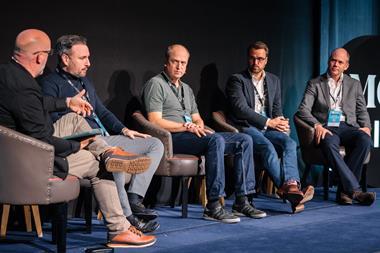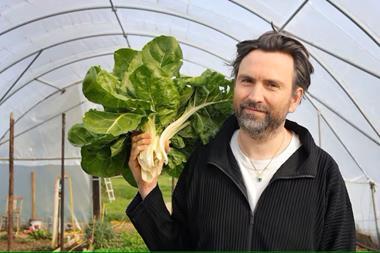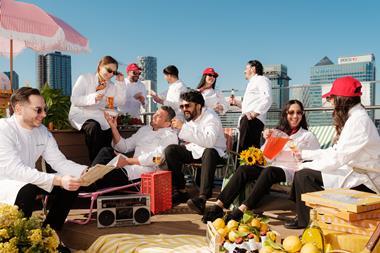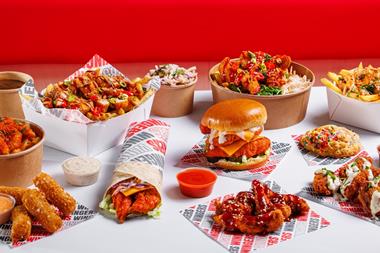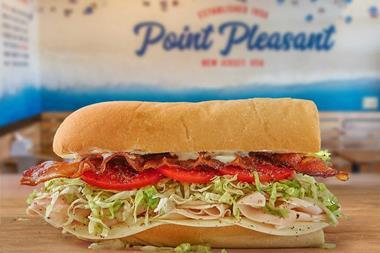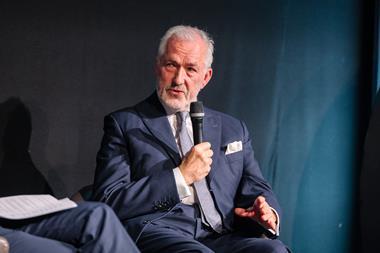Once the lockdown is lifted, and consumers re-emerge to eat and drink, they will find a different environment to the one they left behind.
No-one knows when that will be, the government is understandably non-committal, but it’s likely to be many months not weeks, and it may not be until there is a vaccine available that all restrictions vanish.
It’s pointless to spend much time speculating about when it might be, but we do know that packed, busy and crowded are three words any operator wants to hear about a typical day at their pub, bar or restaurant. They are also three words incompatible with life today.
The overriding fear is that relaxing restrictions too quickly once things die down risks a repeat of what we are experiencing now, another spike, another blanket lockdown, thousands more deaths, another economic battering.
So a gentle relaxation rather than a mass re-opening is inevitable, timescale unclear. But what might it look like when it happens?
We have an idea of what grab and go operators might look like in the early stages because Pret and Paul are already doing it. At Paul for instance, social distancing measures are in place for staff and customers, all seating has been removed, payment will be card only and no re-useable cups will be used. It’s a similar state of play at Pret.
We also have an idea of what fast food will look like thanks to the likes of Five Guys re-opening for collection and delivery. It’s perhaps more complicated for them because teams usually work in close cooperative contact behind the counter to build fast food combos.
It’s famed for its efficient production line, typically you’d see half a dozen people manoeuvring around within a two or three metre radius. But they have opened six sites, reducing hours and using smaller teams to increase the space between them.
All hygiene measures, which were stringent before, have been upped, including disinfecting surfaces and door handles several times throughout the shift.
In terms of customers, technically it shouldn’t be too difficult to space out queues, lots of people have already adapted to this unusual new regime in supermarkets up and down the country.
Still, there were inevitable teething troubles. Customers craving a double bacon cheeseburger swamped the Edinburgh Five Guys when it re-opened, ignored social distancing outside, and eventually the police turned up. Five Guys has since added security outside the store to ensure the safety of everyone.
As for chain restaurants, the current family friendly vibe will evaporate if diners are housed behind Perspex screens and staff are dressed in full PPE, serving up the mains with a side order of dystopia.
“Being separated by a Perspex screen and sat by yourself, staff wearing masks and having your temperature taken on your way in, it seems ridiculous for the majority,” Jonathan Downey told MCA, while Hawksmoor co-founder Will Beckett described the prospect as “horrific”.
As for ensuring space by halving the number of tables in a typical restaurant, that presents a solution for social distancing but raises a problem for turnover. If you halve the number of tables, you halve the number of covers, you halve the number of potential sales.
We’re also seeing consumers concerned about the prospect of mingling in busy bars, pubs and restaurants again, with a combined 64% either “worried” or “very worried” about the prospect, according to a snap poll by MCA. There’s also understandable nervousness about the previously popular touchscreens.
More positively, 26% are not worried about heading out to socialise again and 18% say they plan to eat out more. Personally I can’t wait and I have no idea where I’m going first, just that it’s fun to imagine the prospect.
Also, all consumers currently remain in full lockdown and it’s possible that as measures are relaxed, and people become more comfortable with going out again, that fear will reduce. And presumably the desire to go out will increase the longer this goes on.
But it’s also very likely that any business looking to re-open, when they can, will face a sizeable drop in sales. So will prices go up in an attempt to compensate?
The risk would be alienating cash-poor customers and the inevitable backlash on Twitter, emerging not as a victim of the coronavirus crisis but as a villain.
The government could consider introducing measures like they plan to do in Germany, and relax (or cut completely) VAT on food and drink?
It’s not as if the situation isn’t dire, described by Kate Nicholls to the BBC earlier on as one that could see restaurants hit by a “40% drop in sales”, some “two million job losses” and “half the industry going bust”.
She also pointed out that hospitality is the third biggest employer in the UK. So to protect it, the government needs to offer support while the industry gets back to business, otherwise it will cripple itself in the process.
UK Hospitality has proposed a six-point plan to help hospitality businesses reopen when it is safe to do so, including an extension of the furlough scheme beyond the end of June for hospitality, legislative intervention on rent payments and improved access to capital, a comprehensive fiscal package to stimulate demand post-crisis, an overhaul of business regulation, and for greater pressure to be put on insurance companies to take a more proactive and fair approach to legitimate claims.
It’s all sound advice, and necessary. Whether it all happens remains to be seen, although there was progress today when business secretary Alok Sharma said although the majority of landlords and tenants are “working well together to reach agreements on debt obligations, some landlords have been putting tenants under undue pressure by using aggressive debt recovery tactics.
“To stop these unfair practices, the government will temporarily ban the use of statutory demands and winding up orders where a company cannot pay their bills due to coronavirus, to ensure they do not fall into deeper financial strain.”
Nicholls said it was a “very helpful and pragmatic response” that will give hospitality businesses “some very valuable breathing room.
“Many businesses in our sector have no revenue whatsoever coming in, so paying rents has been out of the question for some. This extra space will allow businesses to survive and to find a way to work with landlords. If social distancing measures are to be in place for some time, as we now believe they will, this measure may need to be extended to ensure that businesses can survive.”
And more besides.
Precis
ANALYSIS
What does the future look like?
Once the lockdown is lifted, and consumers re-emerge to eat and drink, they will find a different environment to the one they left behind. No-one knows when that will be, the government is understandably non-committal, but it’s likely to be many months not weeks, and it may not be until there is a vaccine available that all restrictions vanish.

























